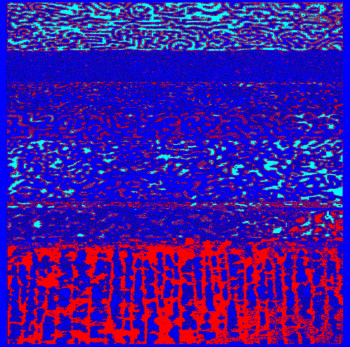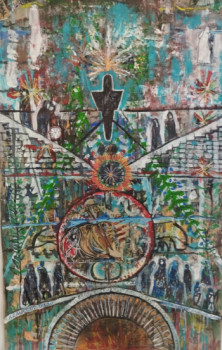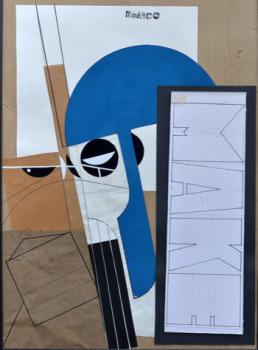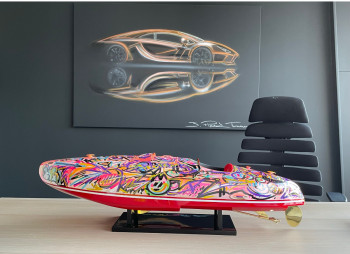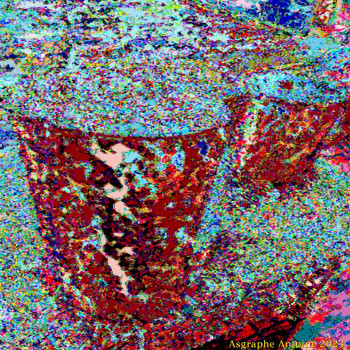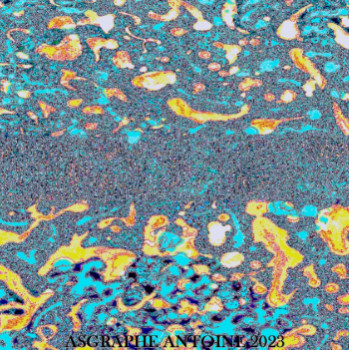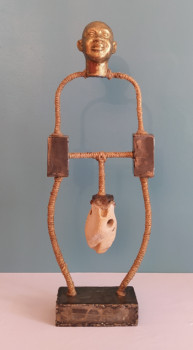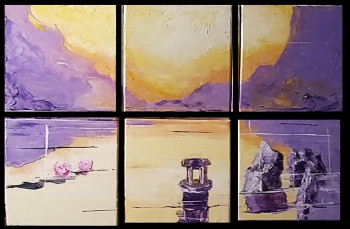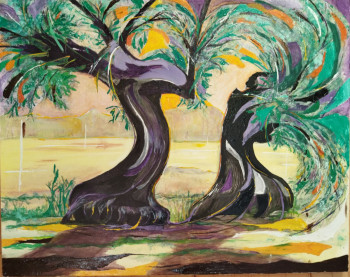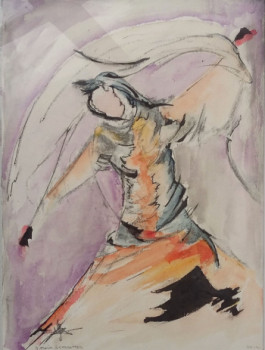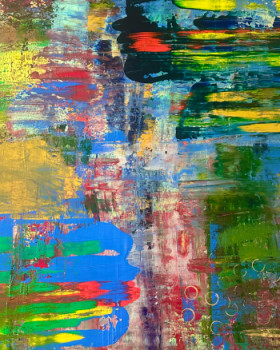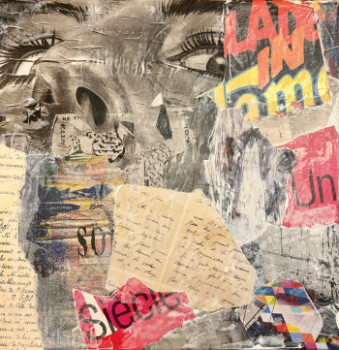
Jean-Michel Basquiat, New York's most acclaimed naive, black and rebellious painter
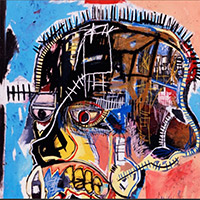
Jean-Michel Basquiat (1960-1988) is a figure and precursor of naive art and neo-expressionist in the United States. At a very young age, he found himself left to his own devices in the streets of Manhattan, where he began creating art. covers the world of graffiti and the New York underground of the 70s. His Afro-Caribbean origins and his condition as a black man artist will fuel his works, as much as the American cartoons of his childhood. He would later be strongly marked by his meeting with Keith Haring and with Andy Warhol, the king of Pop art. He will follow the latter to his grave: a little more than a year after his friend , in 1988, he died of an overdose, alone at home. With such a short and dazzling career, his paintings, on all kinds of media (t-shirt, canvas, postcards, paper), are rare pieces that are snapped up in auction rooms.
His origins and his difficult childhood fuel the works of the painter Basquiat
Jean-Michel Basquiat was born Brooklyn (New York), just before Christmas 1960. The young Basquiat is very precocious, particularly in languages and drawing. 6 years old, he already has his junior membership card at MOMA (Museum Of Modern Art, in Manhattan), which he visits regularly with his mother. She passed on her taste for contemporary painting, before her parents divorced and she was placed in a psychiatric institute. He moves in with his father, but he abuses the young Jean-Michel Basquiat, physically and psychologically. When his father decides to return to live in New York, he fled into the street in New York. 16 years old and abandons his studies.
He then discovered the New York underground scene of the 1970s and graffiti. To survive, he sold drugs and his first paintings on the street in 1977: postcards and painted t-shirts. One day he forgot a few on a train: today they are worth $50,000 each.
African-American painter, of Puerto Rican origin through his mother and Haitian through his father, he is aware of his or her identity very early on. black. Even though he said: « I'm not a black artist, I'm an artist.", he will denounce the condition of the black artist throughout his life. His paintings, especially towards the end of his life, explore themes of his identity, race and human relationships.
Basquiat: the painter of the New York underground
From 1976, Jean-Michel Basquiat discovered the underground scene of Manhattan and graffiti, which did not yet have the status of fine arts and the right to be cited there. in art galleries. Self-taught, he roamed the museums of New York alone and covered the walls and gallery fronts with graffiti. He paints and signs the name of the character he invented. : SAMO© (Same Old Shit), a false prophet who would like to sell us a corrupt religion. Basquiat and his friends (including Keith Haring) paint it everywhere, so much so that the anti-system and anti-religion phenomenon interests the radios. But the painter refuses interviews and is disinterested.
Jean-Michel Basquiat then tries his hand at music and lived from it throughout 1979. He founded the Noise rock group « Gray », then participates in an independent film. It's there that he meets the man who has become his great friend: Andy Warhol, the founder of the movement Pop art, which will influence the works of Basquiat.
A dazzling success, but brief, for « The Radiant Child, friend of Andy Warhol
By being around Andy Warhol, the visibility of by Jean-Michel Basquiat is increasing. In 1980, he exhibited his first paintings in Paris. the « New Wave/New York”, alongside Warhol and Haring. From 1981, his career exploded: an article in the magazine Artforum presented him as « The Radiant child », in reference to his youth and his solar charisma. He is taken under his wing by Annina Nosei, an art dealer, who lends him the basement of her gallery as an artist's studio.
In 1982, he was at the height of his fame: the New York Times Magazine offered him its cover. In addition, he received the support of Larry Gagosian, who opened the doors to the most exclusive art gallery in Manhattan. But in 1987, the world collapsed for Jean-Michel Basquiat, who lost Warhol, his closest friend. Caught up driven by his demons, dragged from his difficult childhood, he succumbed a little over a year later. He is found died of an overdose, alone in his apartment, from which he no longer left, despite his death. success.
The works and role of Basquiat in art history
In one decade, like a comet, the contemporary painter Jean-Michel Basquiat has achieved a quantity impressive works. He left us 1,000 paintings and 2,000 drawings, not counting the erased graffiti. He even painted 5 paintings with Warhol, in a mix between neo-expressionism and Pop art. Much more than that, he is one of the precursors of street art and one of the first to create art. bring him into an art gallery, long before Banksy. He likes to mix several illustration techniques (painting, pastel, pencil and markers) and vary the supports (canvases, doors, paper, napkins, t-shirts, walls...).
The painter chose to express himself the naive style and neo-expressionism, which had just arrived in France. from Germany. His paintings are recognizable by the chaotic handwritten inscriptions and the recurring symbolism that he uses: crowns (to represent himself), skeletons and skulls (death), jaws, revolvers (violence), snakes, comic book characters (childhood, naivety), etc.
The human condition will also be one of its major themes, in particular that of the black man and the problem of racism in the United States. His painting « Slave Auction » (1982), which focuses on slavery and the slave trade, and other paintings on the question of race and oppressed minorities, will make him a figure of African-Americanism in the 'art. He nonetheless forgets the condition of Man in general, crushed by by a chaotic and fallacious system. With a falsely childish style, he speaks with his brushes about human misery, poverty, violence, exploitation and exclusion, as in « A panel of experts » (1982).
Basquiat's influence continues to this day, where the Afro-American artist is cited in in songs (Jay-Z, Kanye West, Lil Wayne). Not to mention his paintings and drawings, which are popular: in 2013, the canvas « Dustheads » sold for nearly 50 million at auction. His painted postcards are worth around $50,000 and his large works at least $100,000 each.
Découvrez quelques oeuvres inspirées de Basquiat
